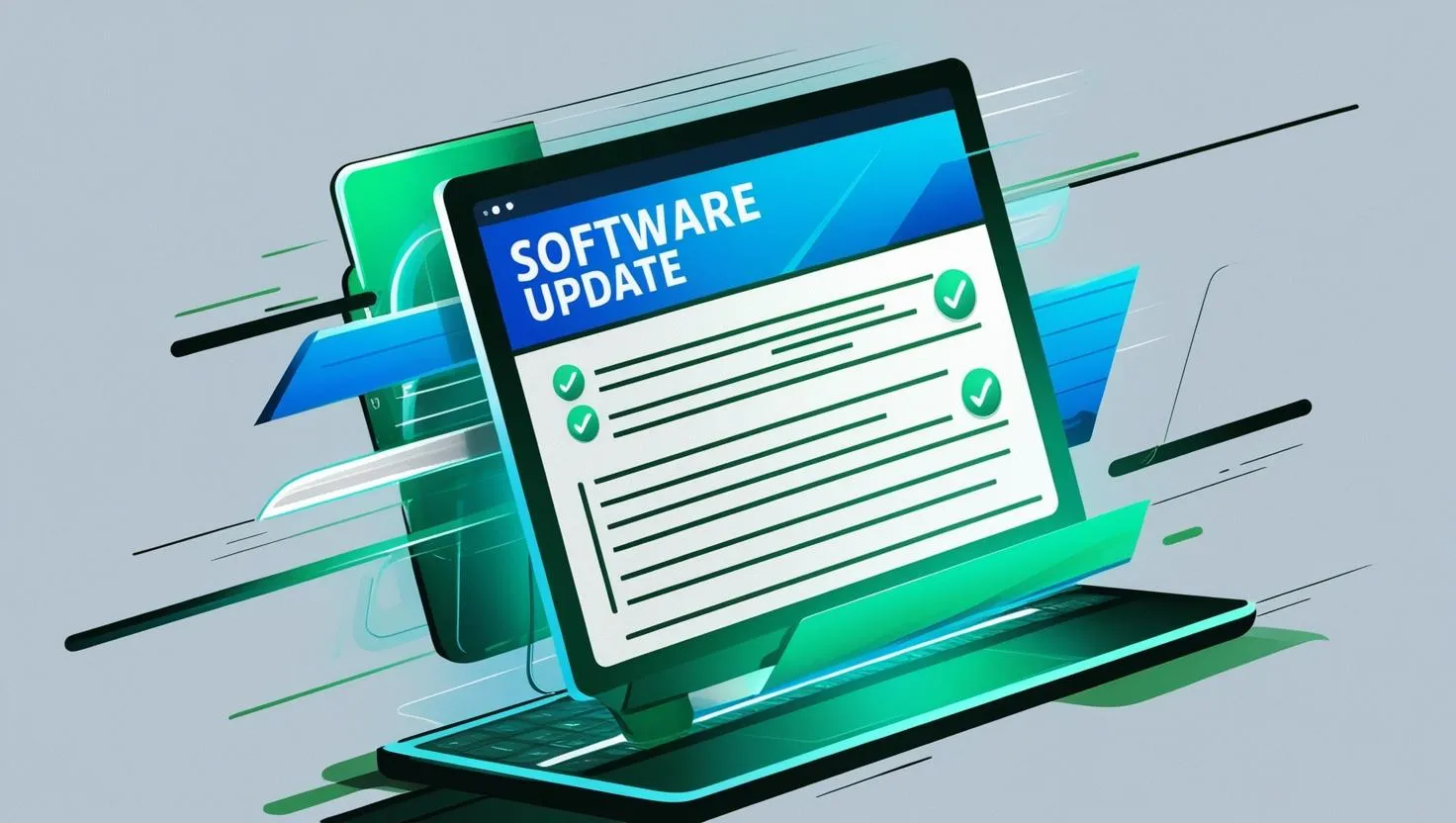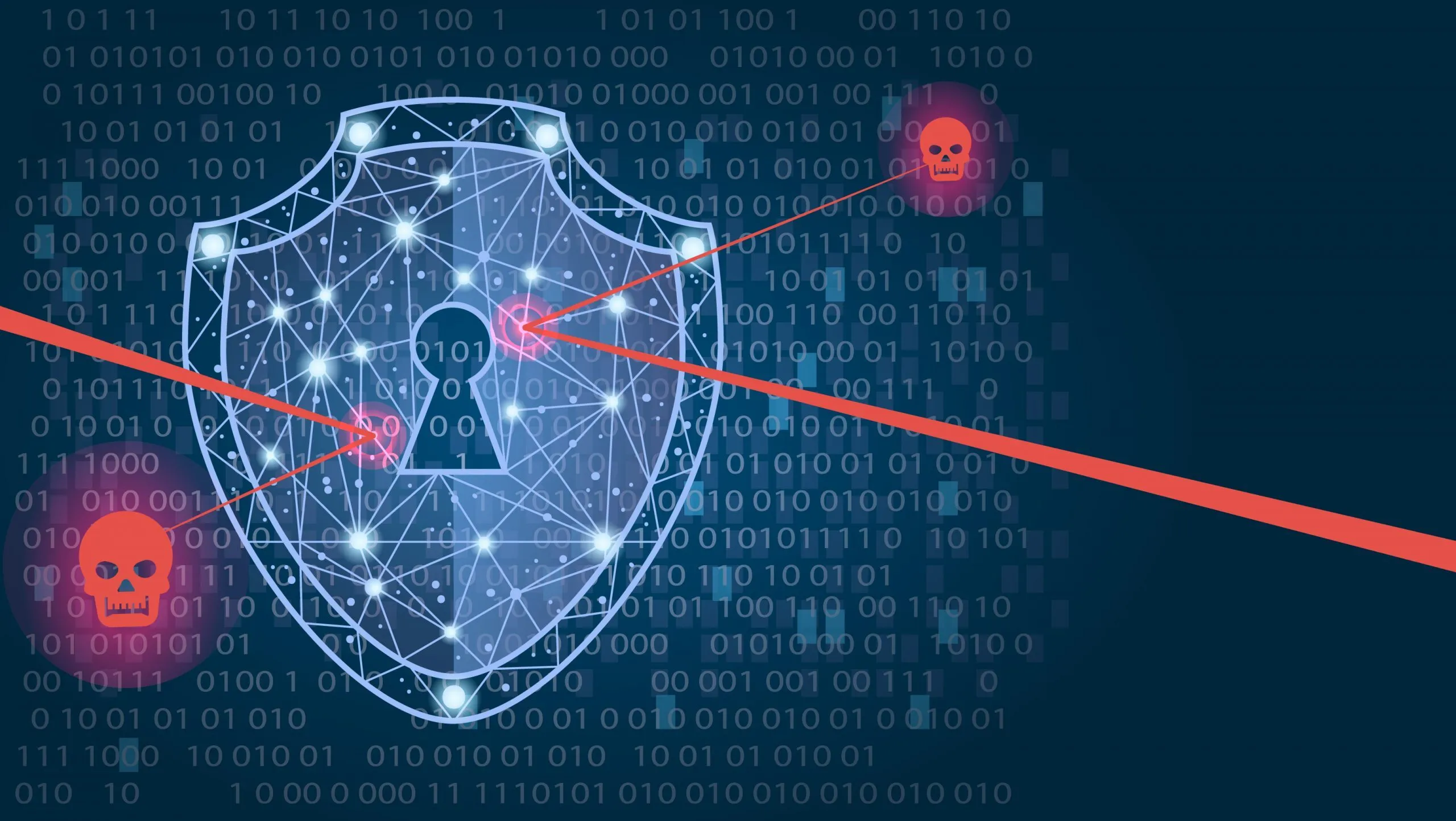If you’ve heard the term “zero-day exploit” thrown around in tech conversations or news headlines, you might be wondering what it really means.
Zero-day exploits sound ominous, and for good reason—they’re cyberattacks that can bypass even the best security defenses.
Let’s break down what zero-day exploits are and how you can protect your PC against them.
What Is a Zero-Day Exploit?
A zero-day exploit is a cyberattack that takes advantage of a previously unknown vulnerability in software or hardware.
These vulnerabilities, or “bugs,” are unknown to the developers, which means there’s no “patch” or fix available—hence, “zero days” for companies to defend against them.
Because they target undisclosed vulnerabilities, zero-day exploits are among the most dangerous types of cyber threats.
Cybercriminals use these exploits to gain unauthorized access to systems, steal data, or disrupt operations before the software developer even knows the vulnerability exists.
How Zero-Day Exploits Work
Here’s a basic outline of how a zero-day exploit is used in an attack:
- Discovery of the Vulnerability: Hackers find a flaw in software, operating systems, or applications. This flaw could be in anything from a web browser to an operating system.
- Exploit Development: Once hackers identify the vulnerability, they create code to exploit it, taking advantage of the flaw to gain unauthorized access.
- Attack Execution: Cybercriminals deploy this exploit—often by embedding it in phishing emails, infected websites, or malicious downloads. When unsuspecting users click on an infected link or open a compromised file, the exploit is activated.
- Zero-Day Impact: Since there’s no patch available, the affected system is highly vulnerable, often resulting in data breaches, system crashes, or even control over the infected machine.
How to Protect Your PC from Zero-Day Exploits
While no method can fully eliminate the risk of a zero-day exploit, there are practical steps you can take to reduce your vulnerability:
- Keep Software Updated
Developers frequently release updates and patches for known vulnerabilities.
While these updates don’t protect against zero-day vulnerabilities, they do secure other weak spots in the system, reducing the “attack surface” hackers can exploit.
Pro Tip: Enable automatic updates for your operating system, browsers, and antivirus software to stay current with the latest security patches.
- Use Comprehensive Antivirus and Anti-Malware Software
Quality antivirus software often has heuristic scanning abilities, which help it detect unusual or suspicious behavior—even if it doesn’t have a specific “signature” for the zero-day exploit.
Anti-malware software can also prevent unknown applications from running suspicious scripts.
Pro Tip: Choose a security suite with “behavioral analysis” capabilities, which help detect zero-day exploits based on unusual software behavior.
- Enable a Firewall
A firewall acts as a barrier between your computer and potential threats, monitoring incoming and outgoing traffic.
Although a firewall won’t stop zero-day exploits directly, it can prevent unauthorized access from spreading through your network.
Pro Tip: Always enable your device’s firewall, and consider adding additional network security layers if you’re on a public Wi-Fi network.
- Practice Safe Browsing and Email Habits
Zero-day exploits are often delivered through malicious links or email attachments.
By avoiding suspicious websites, not clicking on unknown links, and being cautious with email attachments, you can avoid inadvertently downloading a zero-day exploit.
Pro Tip: Hover over links before clicking to check for suspicious URLs and avoid downloading files from unknown senders.
- Limit Admin Rights on Your PC
When possible, operate your computer as a “standard user” rather than with administrative rights.
This can prevent malware, including zero-day exploits, from making changes to your system without your permission.
Pro Tip: Only switch to admin mode when you need to install trusted software or make system changes. It’s a simple way to add another layer of protection.
- Use a VPN for Public Wi-Fi
Public Wi-Fi networks are often less secure, making them a hotbed for cyber threats.
A Virtual Private Network (VPN) encrypts your internet traffic, helping protect your device from network-based exploits.
Pro Tip: Use a VPN whenever you’re on public Wi-Fi, especially if you’re handling sensitive information or logging into important accounts.
- Backup Important Data Regularly
If you’re ever targeted by a zero-day exploit, having a backup means you won’t lose valuable data.
Regular backups protect you from data loss, allowing you to restore your system even if a cyberattack occurs.
Pro Tip: Use both cloud and offline backup solutions to create multiple data recovery options in case of a breach.
Staying Vigilant: The Best Defense Against Zero-Day Exploits
While zero-day exploits can sound intimidating, staying vigilant and following best cybersecurity practices can reduce your risk.
By keeping your software updated, using reliable antivirus protection, and being cautious online, you can protect your PC—and your data—from potential threats.
Zero-day exploits remind us that cyber threats are constantly evolving.
But with the right defenses, you can stay one step ahead and keep your information safe, even in a rapidly changing digital world.

